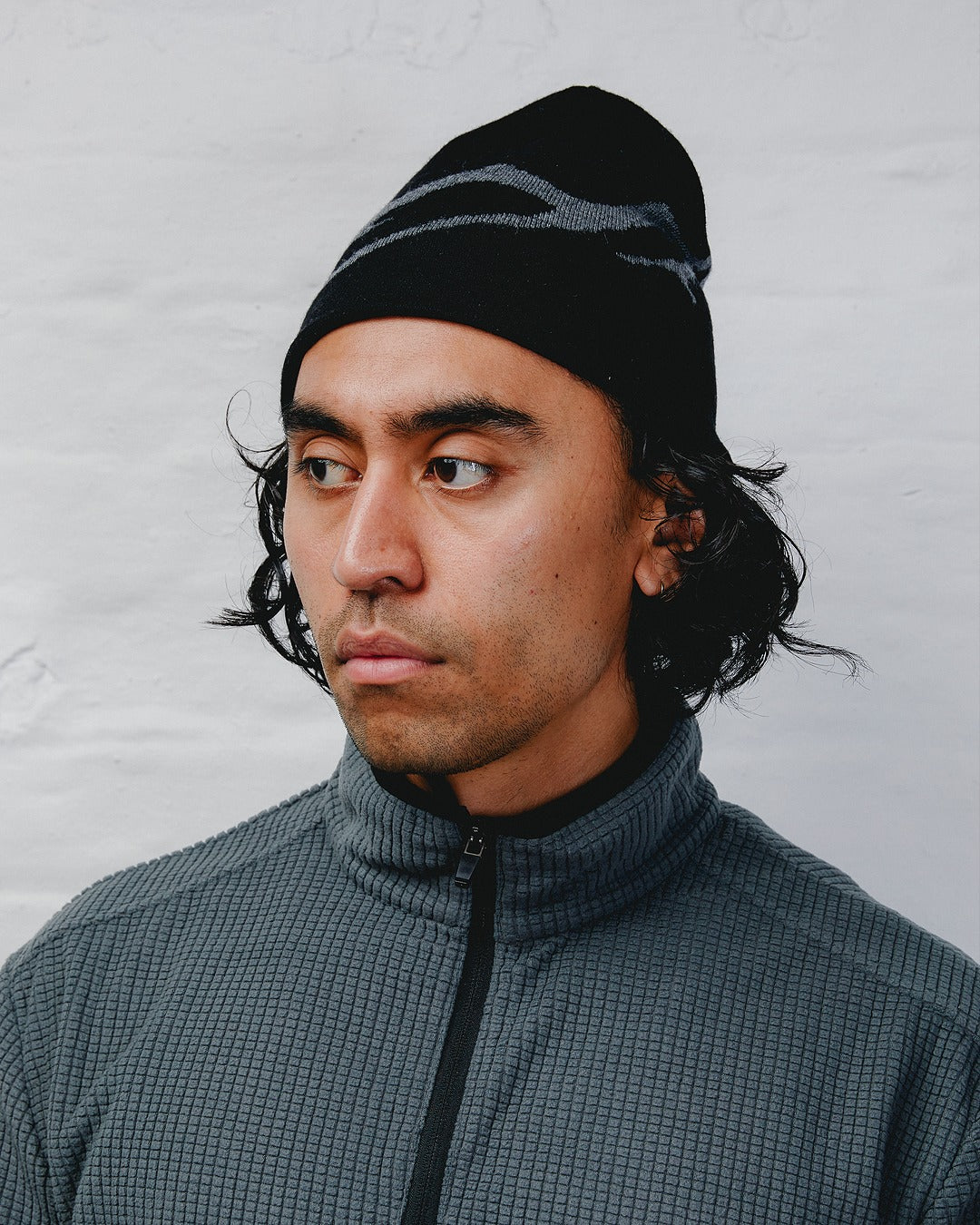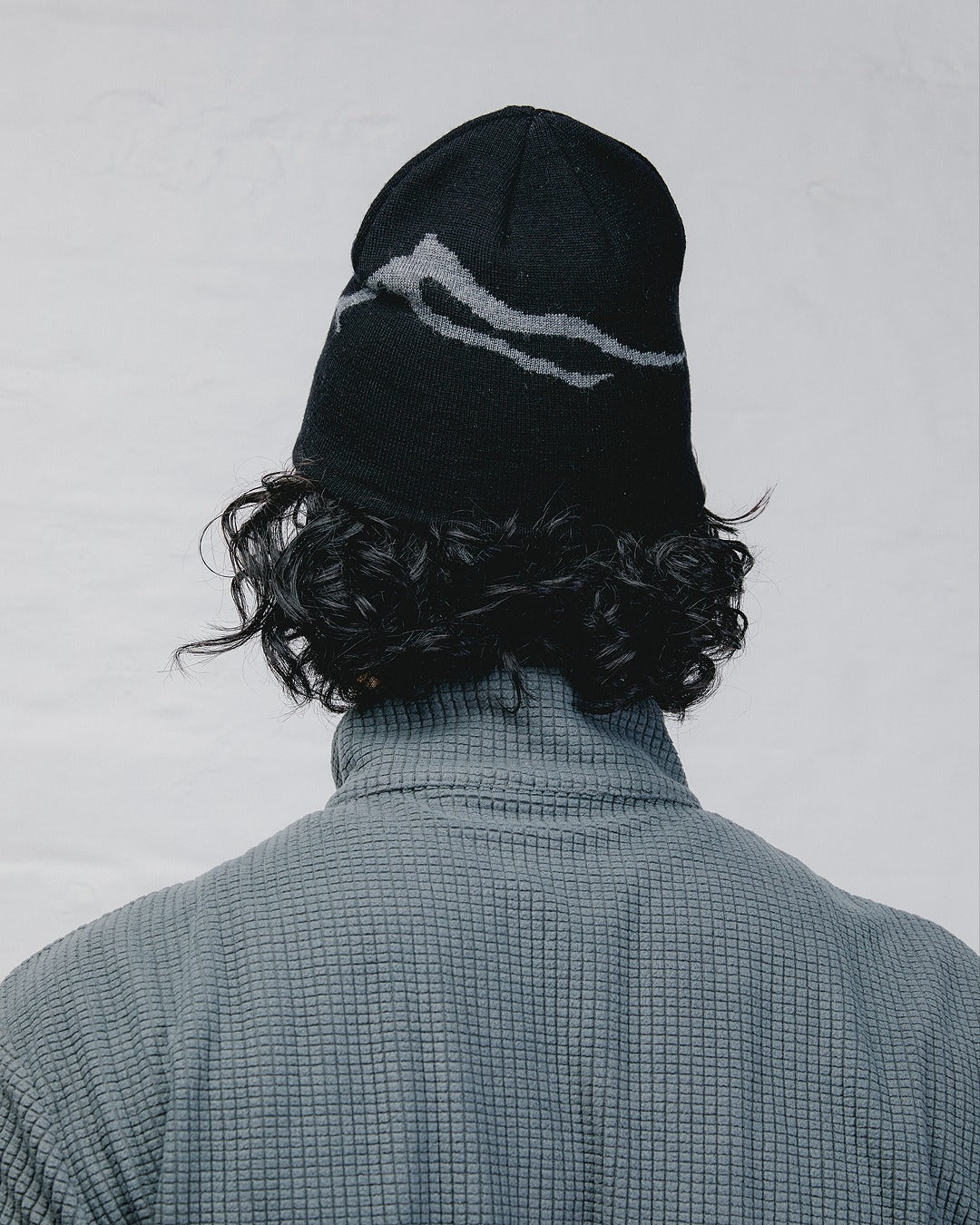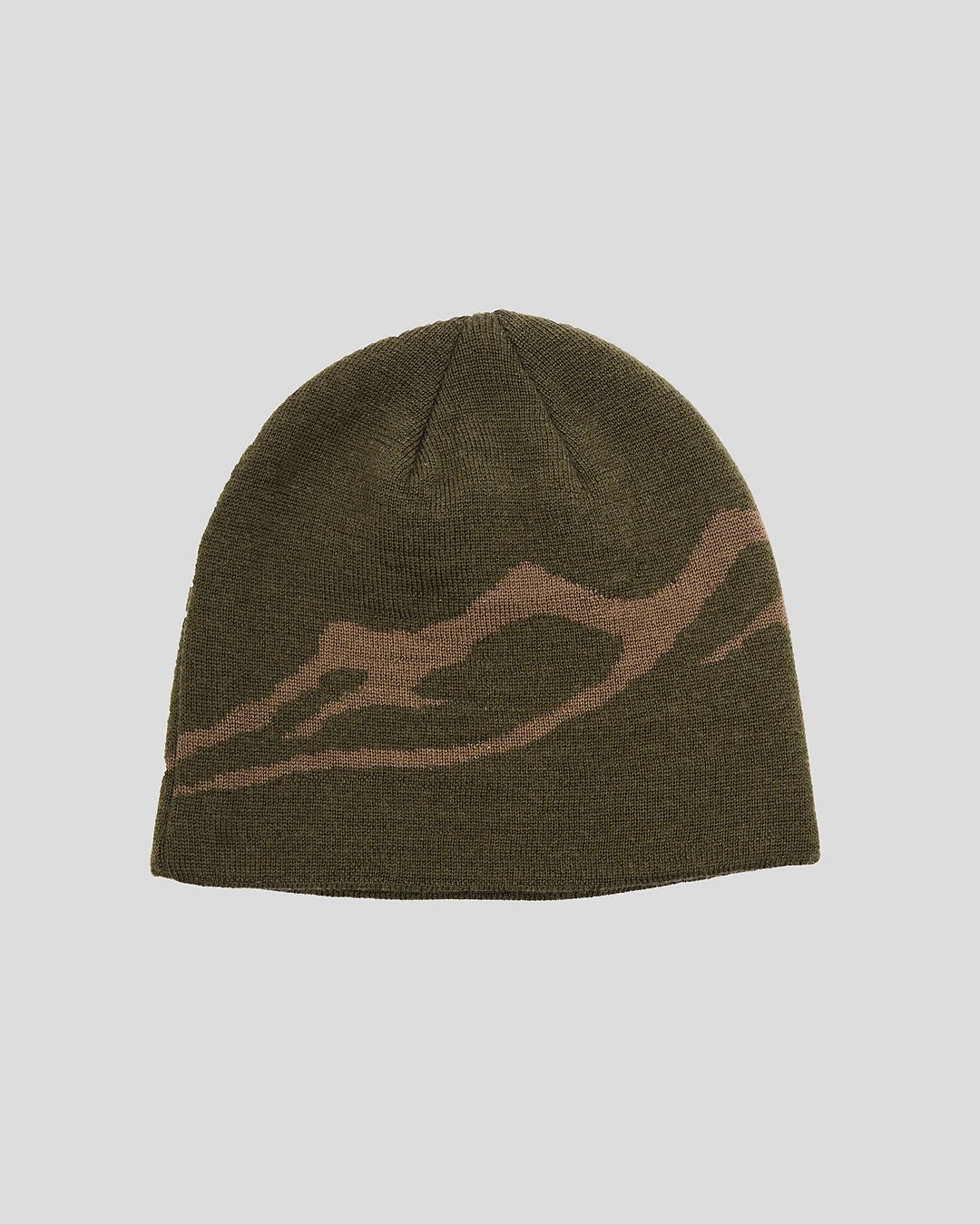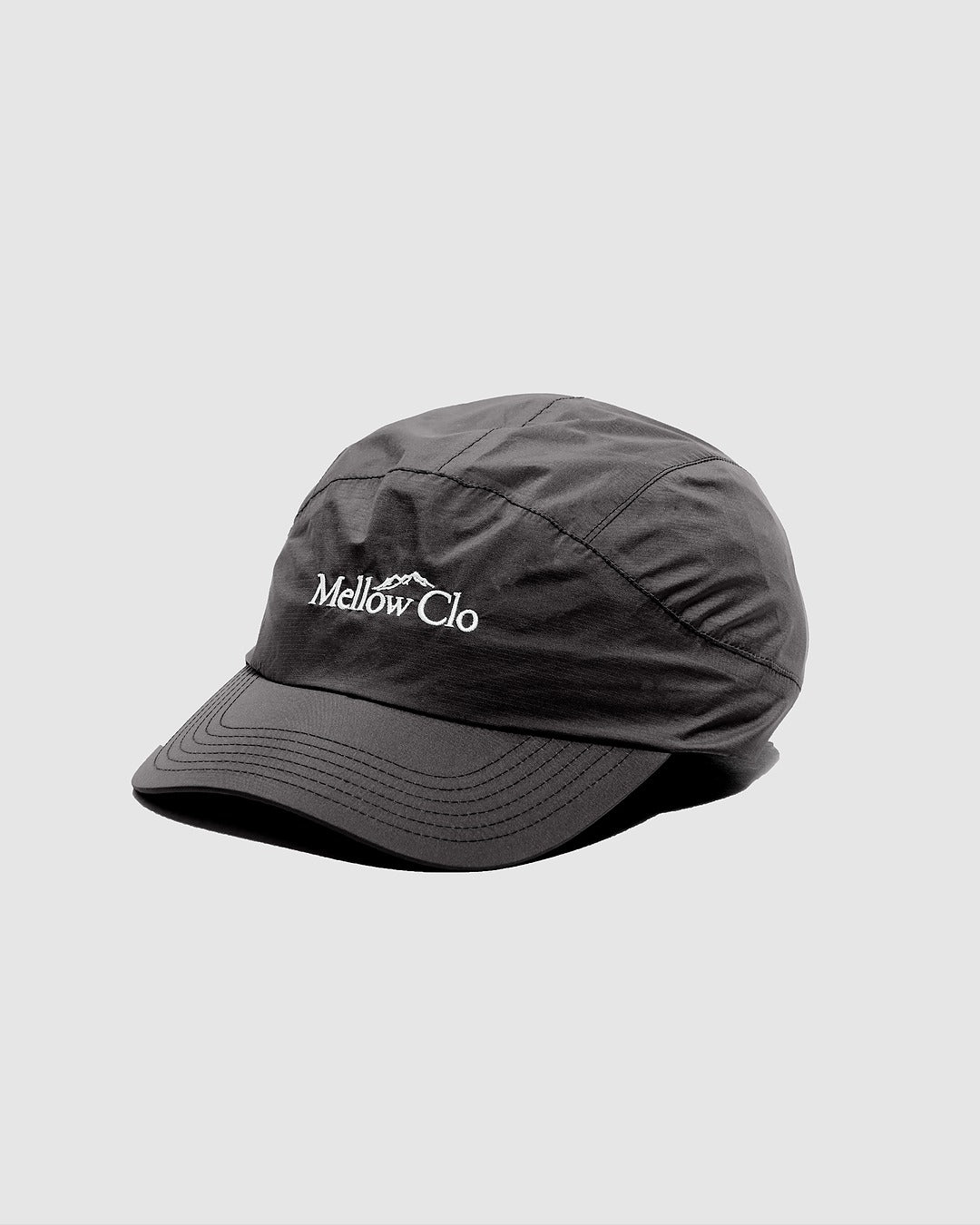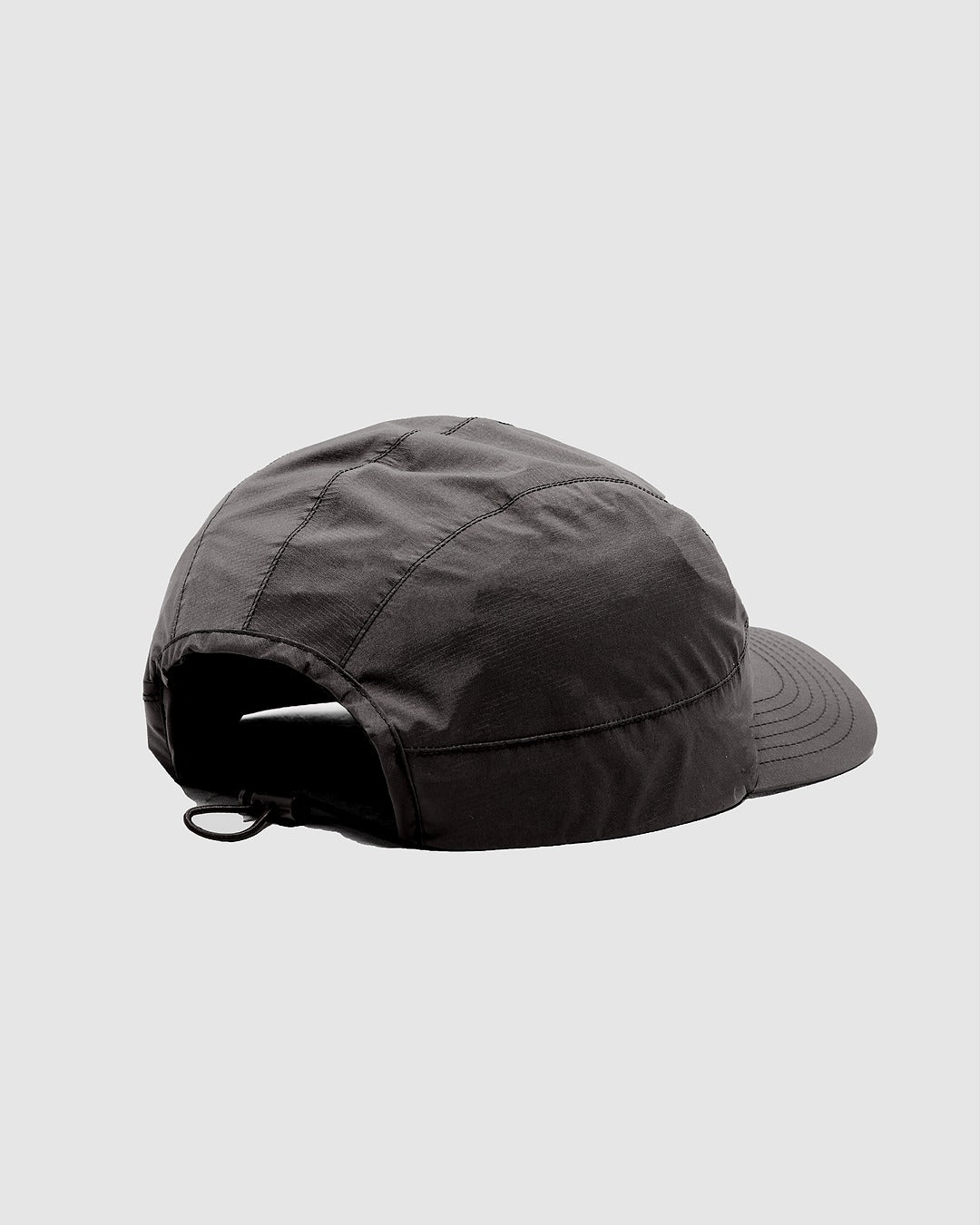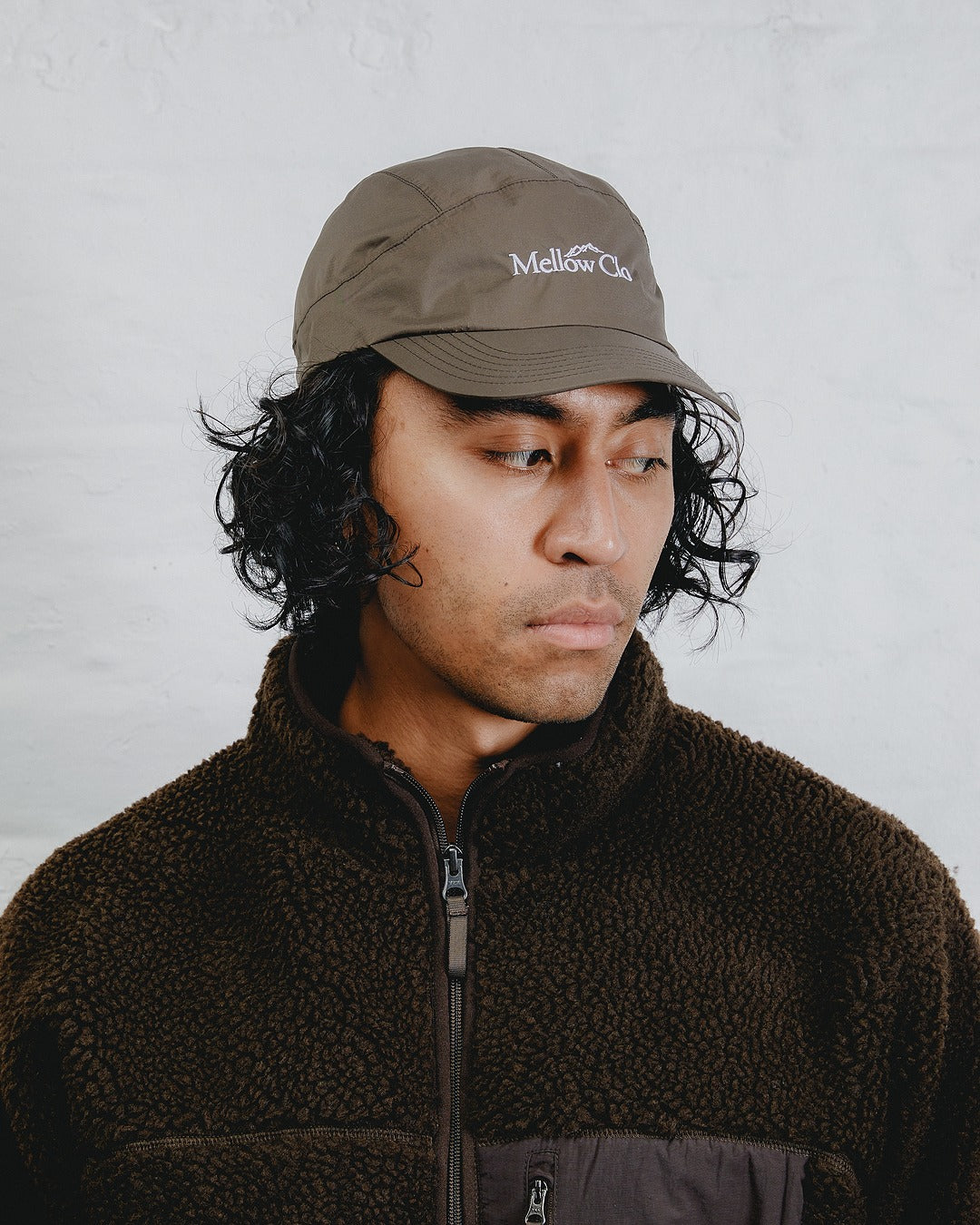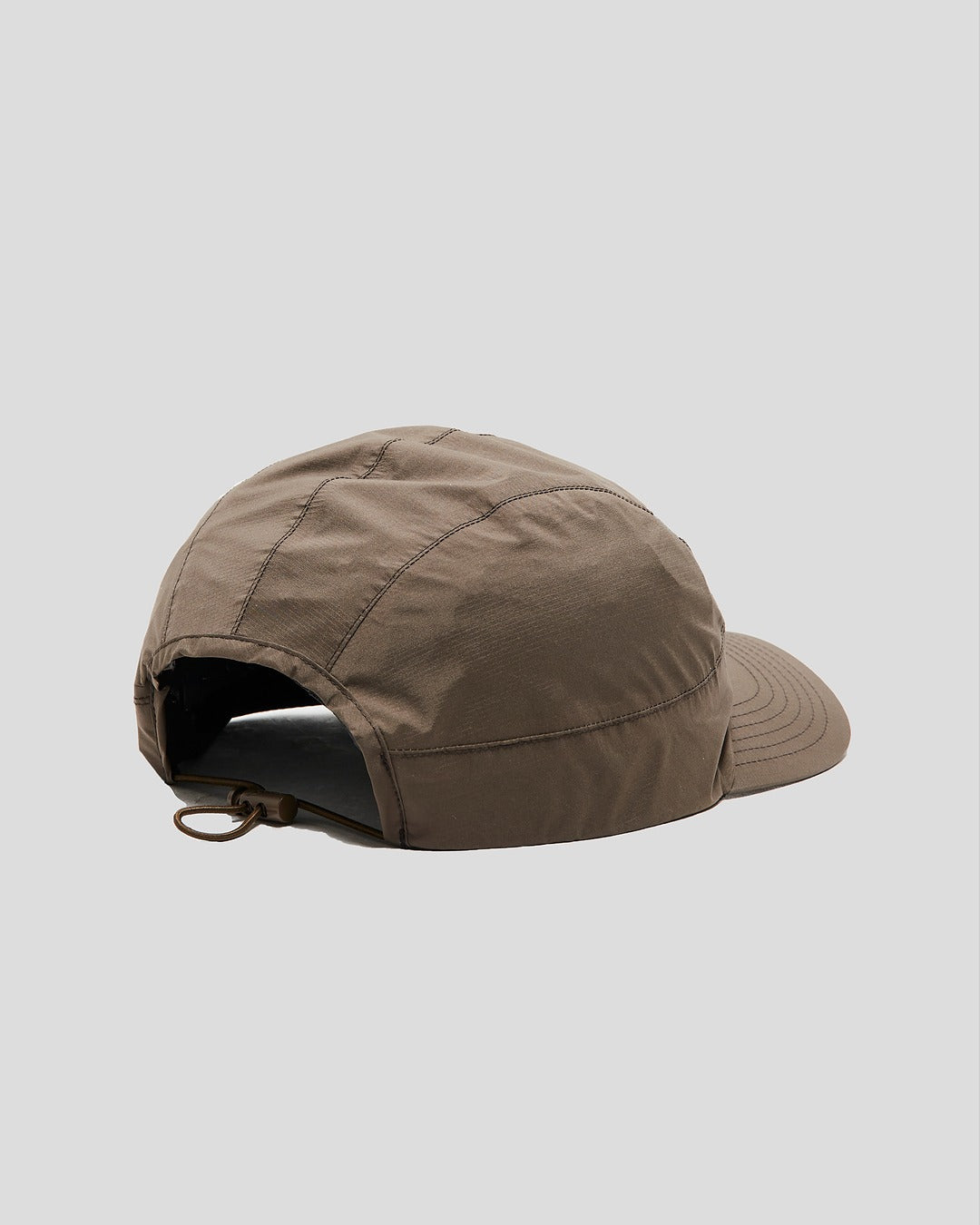This month we had the absolute pleasure of speaking with @arcteryx Brand Ambassador & @ifmgaofficial Mountain Guide, @adriannelhams about his most recent expedition to Kyrgyzstan with IFMGA. Adrian has been leading expeditions to Kyrgyzstan for the past 25 years and has stories upon stories to tell during his time over there. However, we had to whittle it down to his most recent trip. Sit back and relax as Adrian descriptively pictures one of the most breathtaking places the world has to offer.
I lunge forward in the seat and attempt to brace myself as the truck we’re travelling in pulls up and stops sharply. The noisy airbrakes hiss and as the dust settles, I pull the grubby curtains to one side and squint into the bright sunlight recognising instantly where we are. Street sellers at the roadside below and an array of fruit and veg for sale. I open the door, climb down and go over to the sellers who encourage me to taste something. I weave my way through brightly coloured watermelons, grapes, apples, walnuts, peppers and other fruit and vegetables on sale. The clients’ follow, tasting grapes and taking photos of our first interaction with the Kyrgyz people outside of the capital, Bishkek. We are on our way south to the Tien Shan. Two majestic mountain ranges embrace over 90% of this beautiful country - The Tien Shan Mountains, which stretch for 2,500km from east to west and the Tajik Pamir Mountains, which spill into southern Kyrgyzstan. Over 30% of the country is covered in permanent snow and ice.
Khan Tengri, the second highest mountain in the Tien Shan is undoubtedly one of the most beautiful peaks in the world. It’s a massive marble pyramid covered in snow and ice, the kind of peak a young child would draw if you asked then to draw a mountain! So iconic you can see it pictured on the local Kyrgyz currency.
We load up with fresh fruit and bags of fresh walnuts and drive on. The badly potholed main road skirts around farmers’ fields and I can see groups of people cutting grass by hand and with long wooden handled pitch forks loading the dry cut grass onto trailers. The grass mounds on the trailers so big you can only just make out the tractor in front pulling it all!
As open fields become vast mountain spaces, we start to see communities of yurts dotted in amongst the green open valley bottoms and cattle tracks marking contours around the hillsides. Here and there I get a glimpse of perfect circles of brown dead grass and ramshackle livestock corals most of which have fallen down into disrepair, with small walls of dried horse dung left over from the previous tenant. A sign of the Kyrgyz nomad where a yurt once stood, and a family lived.
A Yurt (bozuys) is a circular wooden framed home lined on the outside with layers of felt, inside the felt walls are lined with bright, colourful felt rugs depicting, the changing seasons, the hunting of Marco Polo sheep and their traditional way of life. A wood burning stove sits in the heart of the room with the chimney snaking up and out of a small gap in the roof.

7th Century traders explored these parts making their way along the Silk Road, which was once the richest trade route in the world. Caravans of camels, men, horses, silver, spices and silk travelled across the thousands of miles through Kyrgyzstan all the way to Europe. Trade also passed through Kyrgyzstan and on to Greece via Kazakstan and Russia. Just below the pass, a fortified Caravansari was built to store the valuable silk safely overnight. Traders would sleep with the silk before continuing their journeys. The region prided itself in keeping a safe passage through for all the traders, encouraging them to use the same route again next time. Money would change hands for this safe passage through and so it was the responsibility of the region to keep the bandits out and the silk safe.
The Kyrgyz people owe their survival to their nomadic lifestyle which has been key for over 2,500 years. Yurts or felt tents function as temporary homes as their livestock roamed the mountains in search of food and water. Horses (akyns) or ‘the wings of the Kyrgyz people’ are central to the Kyrgyz way of life – a friend, worker or source of food. These horses allow the nomads to shepherd their flocks over miles of remote grazing land in the Tien Shan, hunt, carry yurts and also are a source of meat, leather and milk. Their national drink, kymyz or cumous is in fact fermented mares milk.

Kyrgyzstan’s mountain landscape was largely left unclimbed and the virgin summits and valleys unexplored due to militarized zones close to the border of China. Largely it was only the traditional nomadic people, who lived off the land and in yurts, and either hunted or tended flocks, who lived in these parts. It was only in August 1991 when Kyrgyzstan declared its independence from Moscow and a new democratic government emerged, that western climbers were allowed into many of these remote unexplored valleys and virgin summits. Ever since this time ISM has very much been part of Kyrgyzstan’s mountaineering and climbing history, running annual expeditions exploring the virgin summits of the Tien Shan, Pamir and rock climbing in little explored canyons and outcrops throughout the country. It’s this rich history, unspoilt mountain landscapes, virgin summits and unexplored valleys, that makes this such a special place to visit.
We continue on to Naryn, which was established as a fortress on the old caravan route in 1868, but now a bustling market town on the edges of the Naryn river. We bump off the main road and start heading across an open field, following a rutted muddy track and a whole stream of cars, bikes and small open backed trucks carrying horses. It’s exciting to be passing through Naryn on the same day of the National Nomad Games held at the open-air hippodrome here. Communities from all over Kyrgyzstan are here or on their way today.
The Nomad Games celebrates the traditional sport of Kok Boru. The sport originates directly from the Kyrgyz nomadic shepherds celebrating the kill of a wolf within their close-knit communities (Kok Boru – Bleu Wolf). The carcass would be thrown in the centre of a large grass area and the shepherds on their horses in teams would challenge another team also on horseback to wrestle the wolf carcass by hand and drag it, or try and carry it, without getting off their horse, into the oppositions goal, which would traditionally have been a large hole in the ground.
Another day of off-road driving and being bumped around in our 6WD ex-Russian military vehicle, fording deep, wide rivers and grinding up steep banks whilst both dosing, trying to read, rest, take photo’s or just mainly listening to an audio book or music whilst taking in the journey. The views are incredible in this vast open wonderland and then as times passes as we close in on our objectives and each time we stop to consider the next stream crossing or hill to navigate around we start to slowly fit the landscape with the images we had from Google Maps and the layout with some dog eared Russian Military maps. The two parallel glaciated valleys fit, the snow-capped peaks fit, and a wave of real excitement fills everyone, and for my self a real sense of joy to be here, after so much planning and searching and now after 3 days of travel it’s all starting to become a reality.

The big wheel continues to turn slowly, high on the Tien Shan step, for these gentle Kyrgyz nomadic communities. Their yurts rest during the summer grazing months, in a place, generations before them chose. Yak, horses and cattle graze quietly whilst a rabble of sheep and goats fight over places in the small corral outside, as Maddersbeck marks each one of his flock. Chickens scatter hurriedly as Zatgul walks out to hang up the washing. The kids are playing with a 3-week-old long-haired black puppy. Smoke from their yurt top hangs in the cold morning air, like a silvery thread of silk pointing horizontally towards the unclimbed summits we want to explore. A strong smell of burning dried cattle dung fills the air. The rich grass tundra glows, as the new dawn appears. Icy dew on a stream edge, shimmers with the first rays of light. Two horses saddled up and tied to a post, stand motionless awaiting their instructions and a random array of dogs at their feet are half asleep. Above the yurt, snowy summits and a huge wide, flat glacier turns a corner and heads off into the far distance. Zatgul motions us inside.
By the door, a mesh box mounted and lashed with old rope to a wooden post catches my eye. I open one side of the box and see the drying meat inside. Above it, cheese balls suspended and drying on wide reed matting under a thin piece of blue plastic. We head inside, take off our shoes and sit down on the felt rugs, as Zatgul hands us some chai. Fresh cream and homemade jam fill bowls on the very low wooden table that we sit cross-legged around. Zatgul then pushes some kneaded dough into a pan, upturns it onto the hot metal hearth where the kettle had been boiling, and makes bread. We look around, and bright coloured felt rugs or shyrdak’s, fill the intricate trellis walls that form the framework of the yurt. Coloured sleeping mats folded up and stacked neatly to one side under a colourful throw to keep them clean and hidden away. Everything is clean and well ordered. I smell fresh cooked bread and look towards the hearth. Zatgul taps out the cooked bread from the hot pan and carries it over. She rips it into three or four pieces and puts the steaming hot bread into a basket on the table and we feast! More chai?
Maddersbeck enters, we smile and make basic conversation. English to Russian and then to Kyrgyz. This country is so rich in culture and history and it’s a real treat to be sitting here unscripted or organised speaking to these very happy and gentle people who hadn't seen tourists before. They spoke of Soviet times and then life afterwards. The sun burns through the opening of the yurt, and I hear the dogs barking. Maddersbeck heads out to take a look. The shyrdak (felt rug) we're sitting on took Zatgul 3 years to make. I sit and wonder.
Time passes, and we get up. Our backpacks are by the opening, and I see Maddersbeck looking and then feeling the foam sleeping mat I have strapped on the side. We're on our way to an Advanced Basecamp camp higher up the valley as we explore the beautiful mountains of the Fergana Range, high above the Arpa Valley.
Our attention is focused on the two main valleys on the western most end of the Fergana Range before it drops down into the Arpa River, which is flanked to the north by the Jalamantor Range.
How exciting is this! another adventure, more exploration, maybe some unclimbed summits, relationships born, a better understanding of such a rich culture locally here in the high mountains and an excellent group of people to explore it all with… this is Kyrgyzstan.

It's ISM’s 25th Anniversary of running adventurous expeditions to Kyrgyzstan, exploring remote unclimbed mountain regions and climbing virgin summits. And what a privilege for me personally to have led so many of these expeditions and shared all these experiences with so many great clients over all those years.
Looking forward to exploring more of the Borkoldoy-Too Mountain Range in the Western Kokshaal-Too, Tien Shan in 2024!



